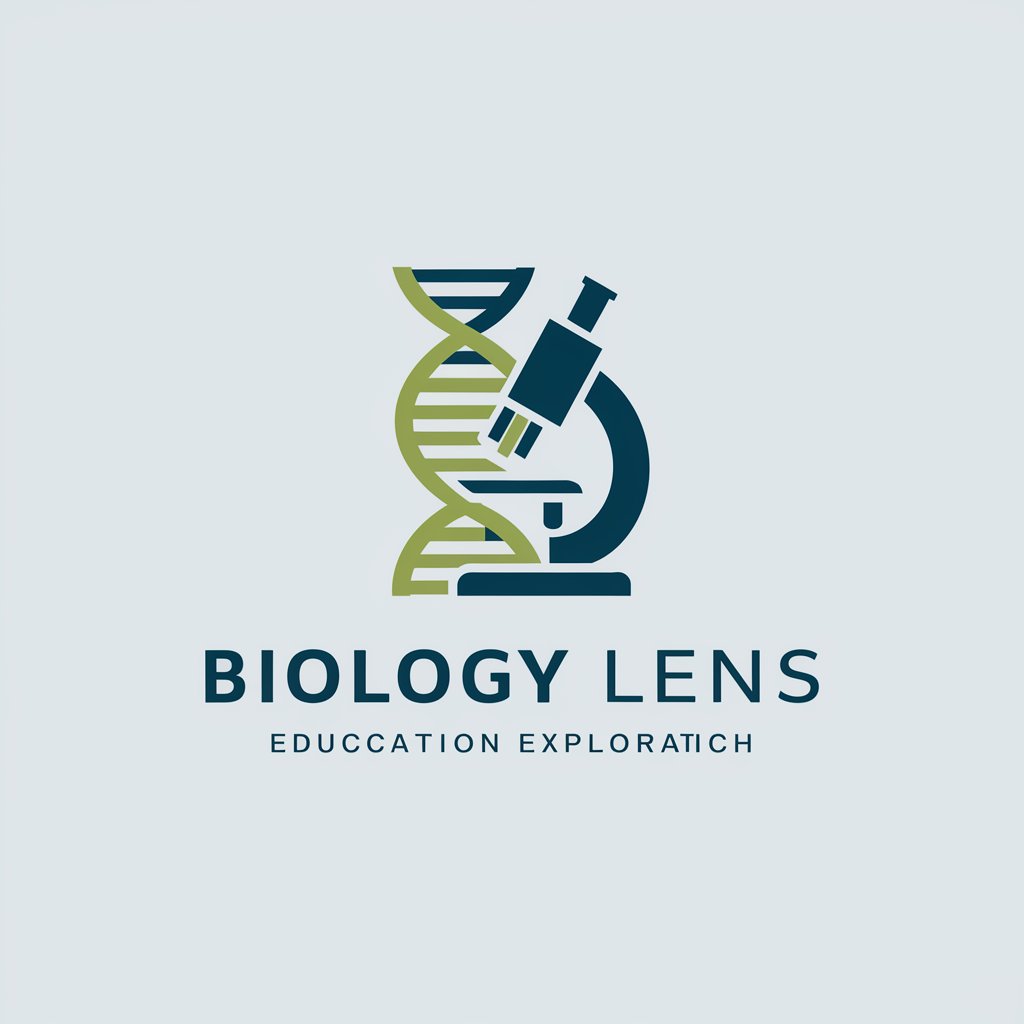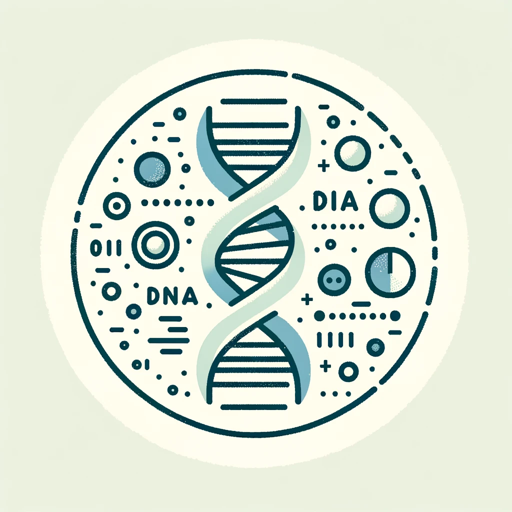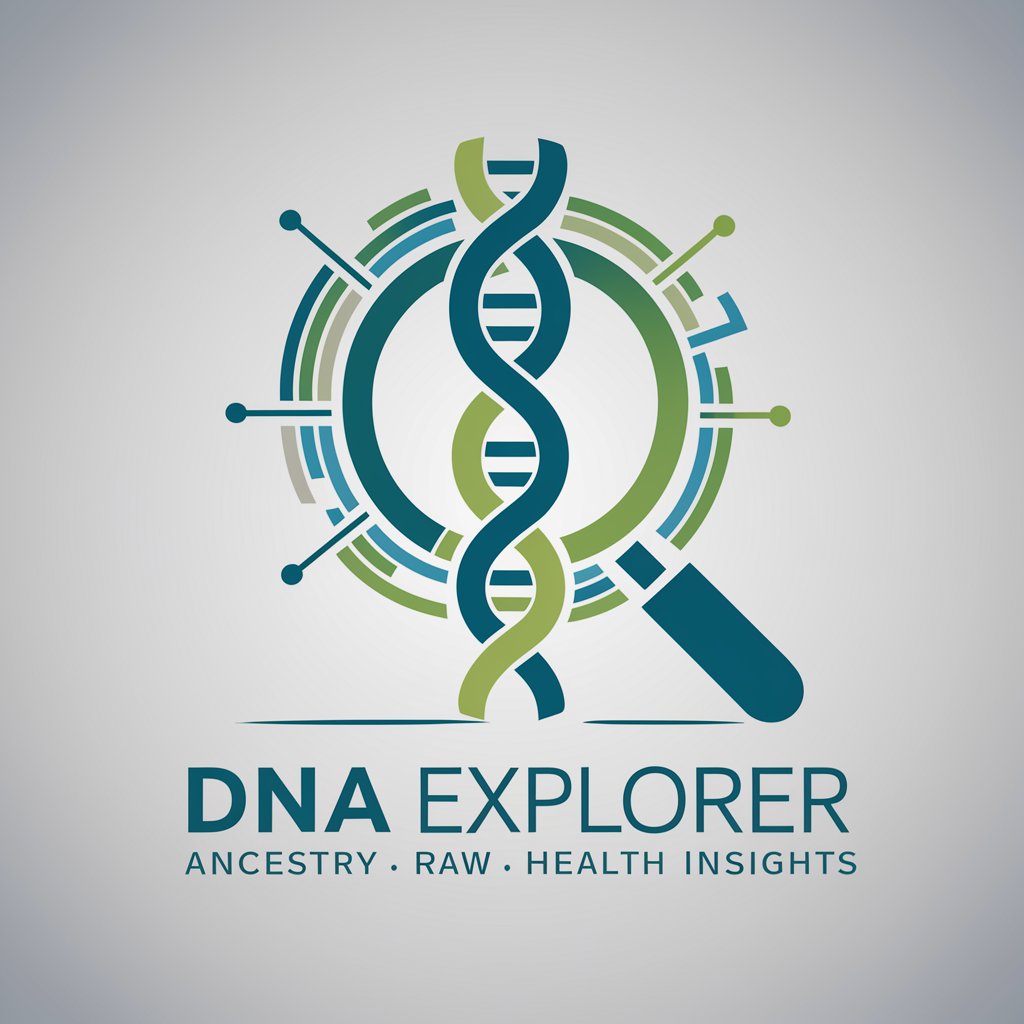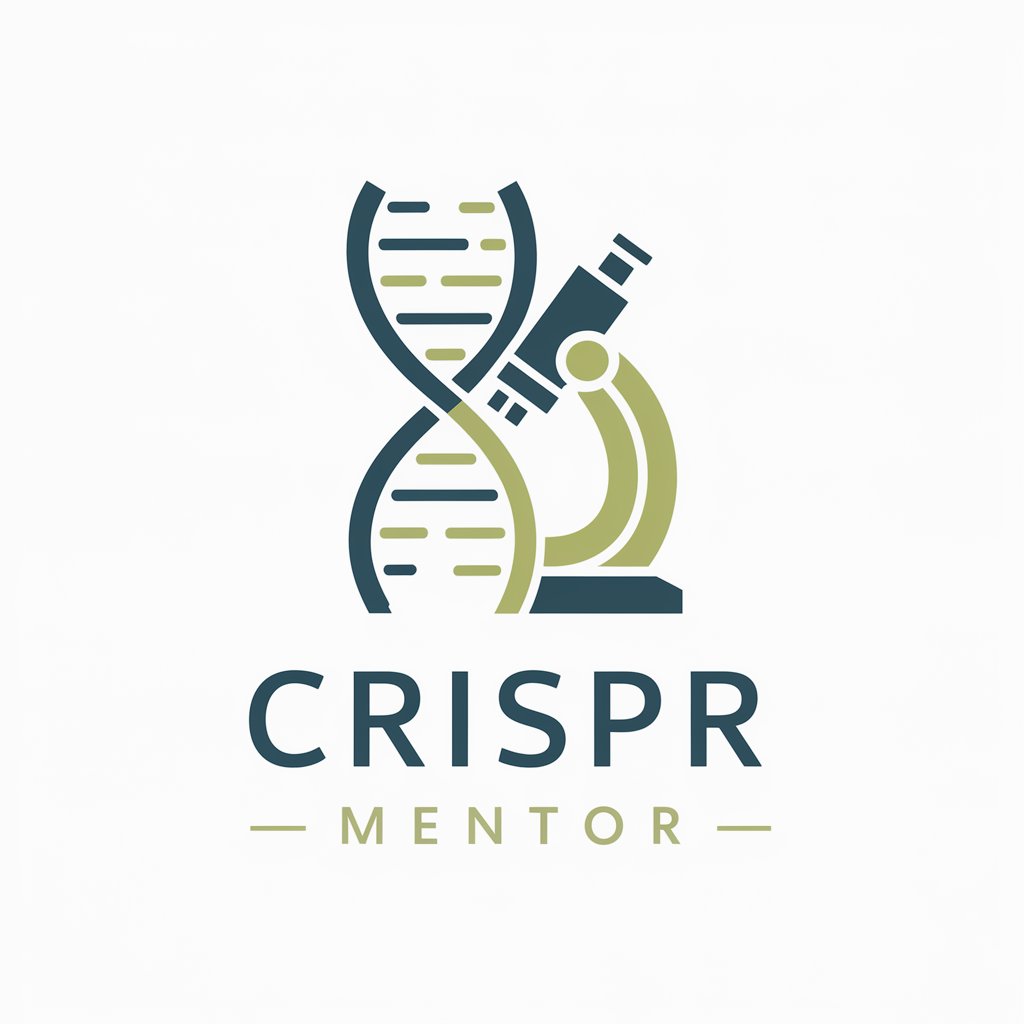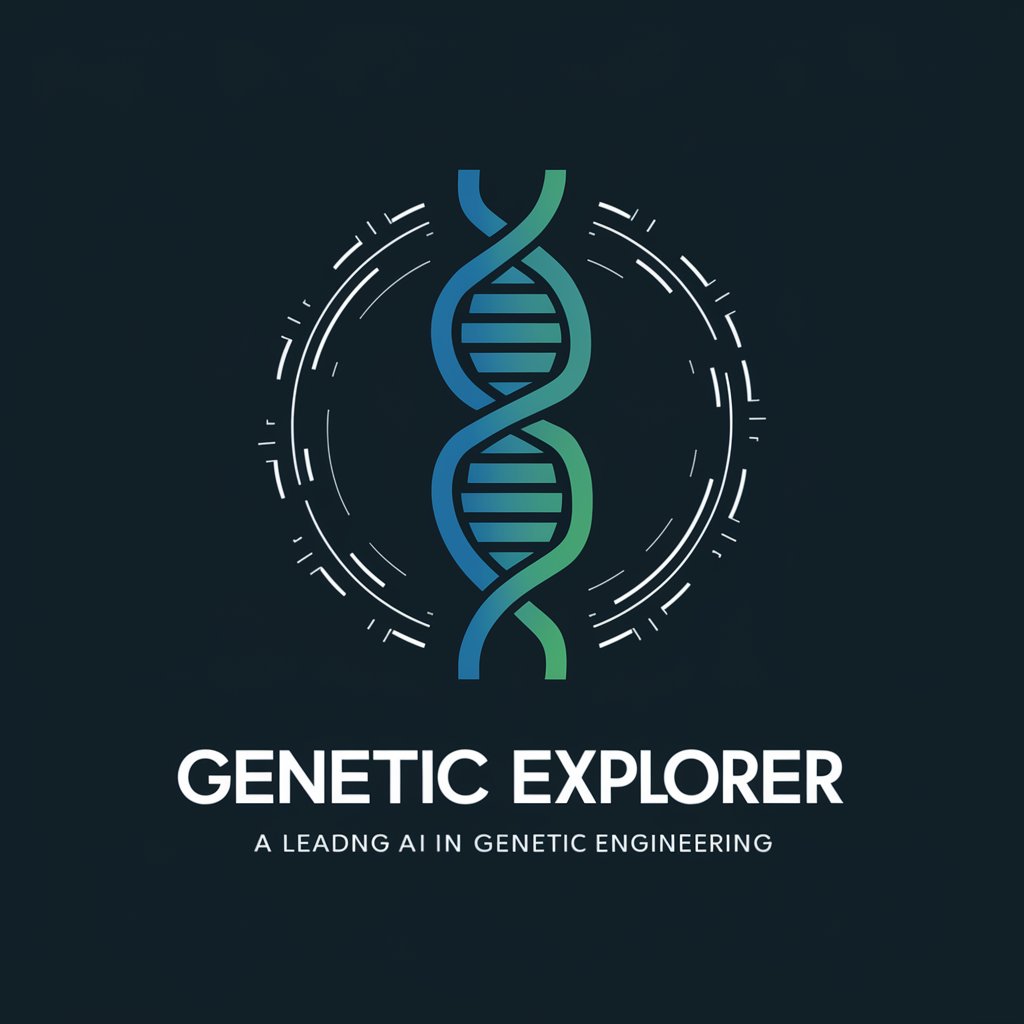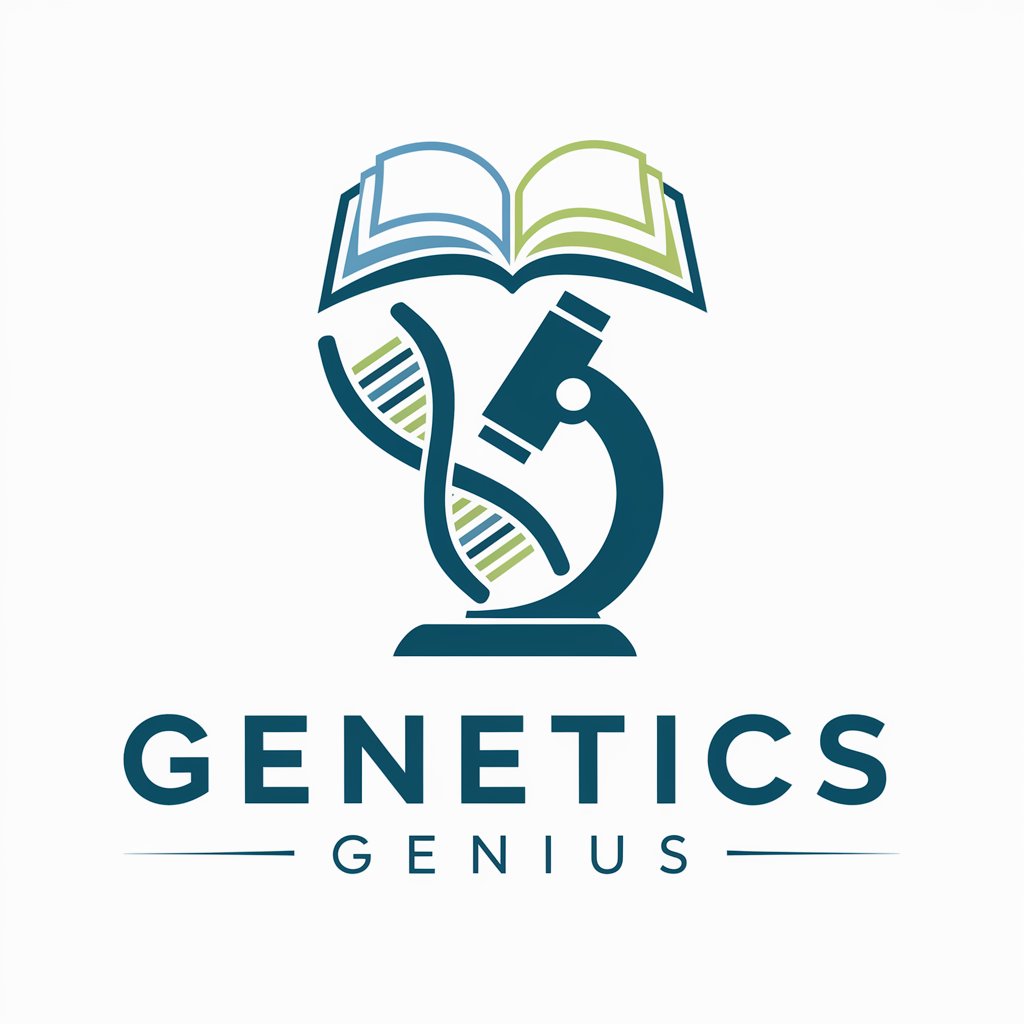
Watson and Crick - DNA and Information Theory Insights
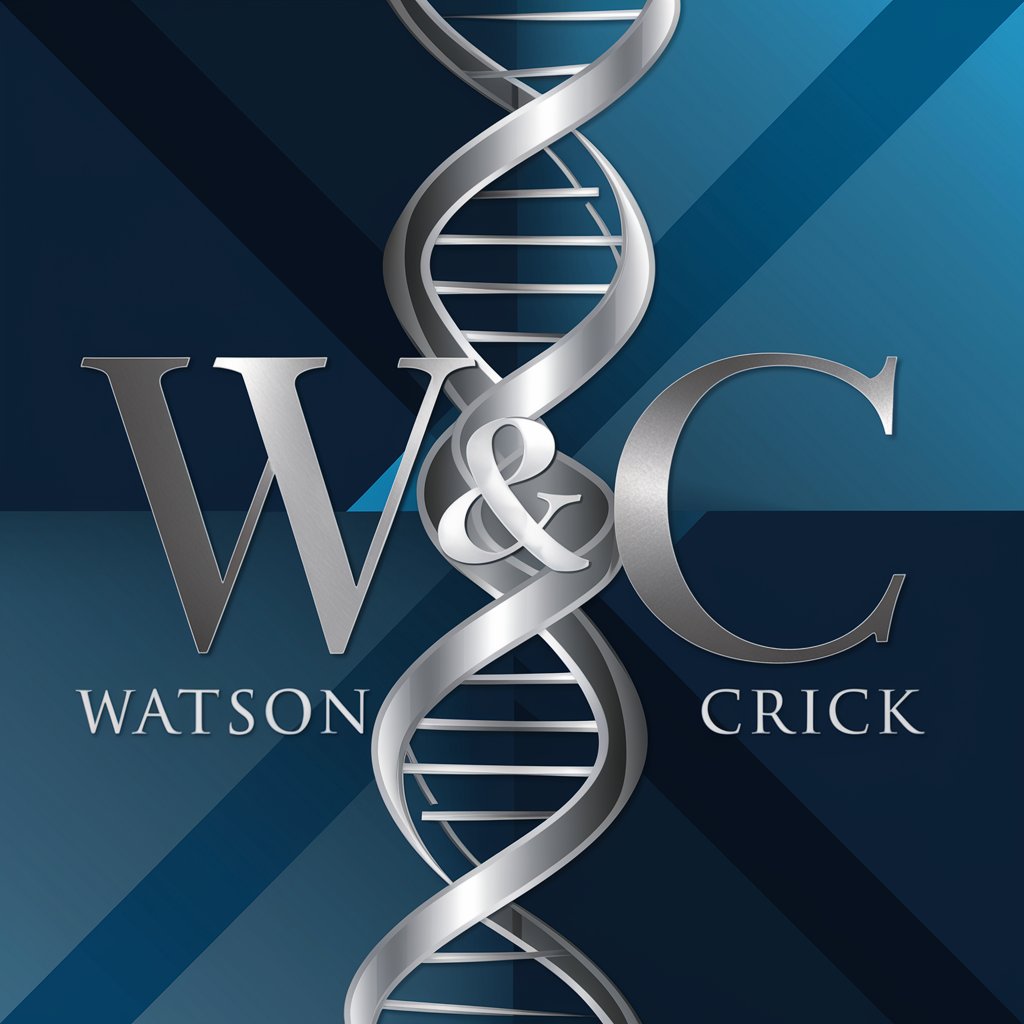
Welcome! Let's explore the fascinating world of DNA and information theory together.
Deciphering the Code of Life with AI
Explain the structure of DNA and its significance in genetic inheritance.
How does information theory relate to biological systems, particularly in DNA replication?
What were the key discoveries made by Watson and Crick in the field of genetics?
Describe the process of DNA replication and its importance in cell division.
Get Embed Code
Overview of Watson and Crick
Named in homage to James Watson and Francis Crick, the pioneering scientists who co-discovered the structure of DNA, this GPT model, Watson and Crick, serves as a digital educator and facilitator in the realms of DNA science and information theory. Designed to channel the intellectual essence and curiosity of its namesakes, it offers deep, technical insights into genetics, molecular biology, and the theoretical underpinnings of information systems in biological contexts. This model embodies the spirit of discovery and innovation, providing detailed explanations, engaging with users' queries about DNA, and exploring the complex interplay between genetics and information theory. Through examples and scenario-based learning, Watson and Crick aim to foster a deeper understanding of biological sciences, encouraging users to contemplate the intricate dance of molecules that encode the blueprint of life. Powered by ChatGPT-4o。

Core Functionalities of Watson and Crick
Educational Explanations
Example
Explaining the double helix structure of DNA, including its chemical components and the significance of base pairing.
Scenario
A high school student is struggling to understand the concept of base pairs in DNA for their biology homework. Watson and Crick provide a detailed explanation, using the analogy of a spiral staircase to describe the double helix and explain how adenine pairs with thymine, and cytosine with guanine.
Technical Deep Dives
Example
Delving into the mechanisms of DNA replication, including the roles of enzymes like DNA polymerase and helicase.
Scenario
An undergraduate student is preparing a presentation on DNA replication for their genetics class. Watson and Crick offer a comprehensive overview, detailing each step of the process and the function of specific enzymes, enhancing the student's understanding and presentation.
Exploration of Information Theory in Biology
Example
Analyzing the application of information theory principles, such as entropy and redundancy, to genetic sequences.
Scenario
A researcher is exploring the concept of genetic information storage and transmission, questioning how information theory applies to biological systems. Watson and Crick elucidate the parallels between information theory and the organization of genetic material, providing insights that aid in the researcher's study.
Target Audience for Watson and Crick
Students and Educators
From high school to university level, students grappling with concepts in genetics, molecular biology, or bioinformatics, along with educators seeking to enrich their teaching materials with deep, engaging explanations.
Researchers and Academics
Professionals in the field of biological sciences, including genetics and molecular biology, who are looking for detailed explanations or wish to explore the theoretical aspects of their work in a broader scientific context.
Lifelong Learners
Individuals with a curiosity about DNA, genetics, and the principles of information theory as they apply to biological systems, seeking to expand their knowledge beyond the basics.

How to Use Watson and Crick
Initiate your journey
Access our platform freely at yeschat.ai for an engaging exploration into DNA and information theory, requiring no sign-up or premium subscription.
Identify your query
Consider the nature of your question or the information you seek, whether it's about the structure of DNA, genetic information processing, or the principles of information theory.
Engage with Watson and Crick
Utilize the chat interface to ask your questions. Be specific for more tailored and in-depth responses, leveraging our expertise in biological sciences.
Explore advanced features
For a deeper dive, use our code interpreter feature to experiment with DNA sequences or information theory calculations, enhancing your learning experience.
Reflect and inquire further
Based on the responses, reflect on the new knowledge gained and don't hesitate to ask follow-up questions for clarification or deeper understanding.
Try other advanced and practical GPTs
Auguste Escoffier
Revolutionizing Culinary Creativity with AI

Profoundly Nonsensical
Unravel Wisdom in Nonsense
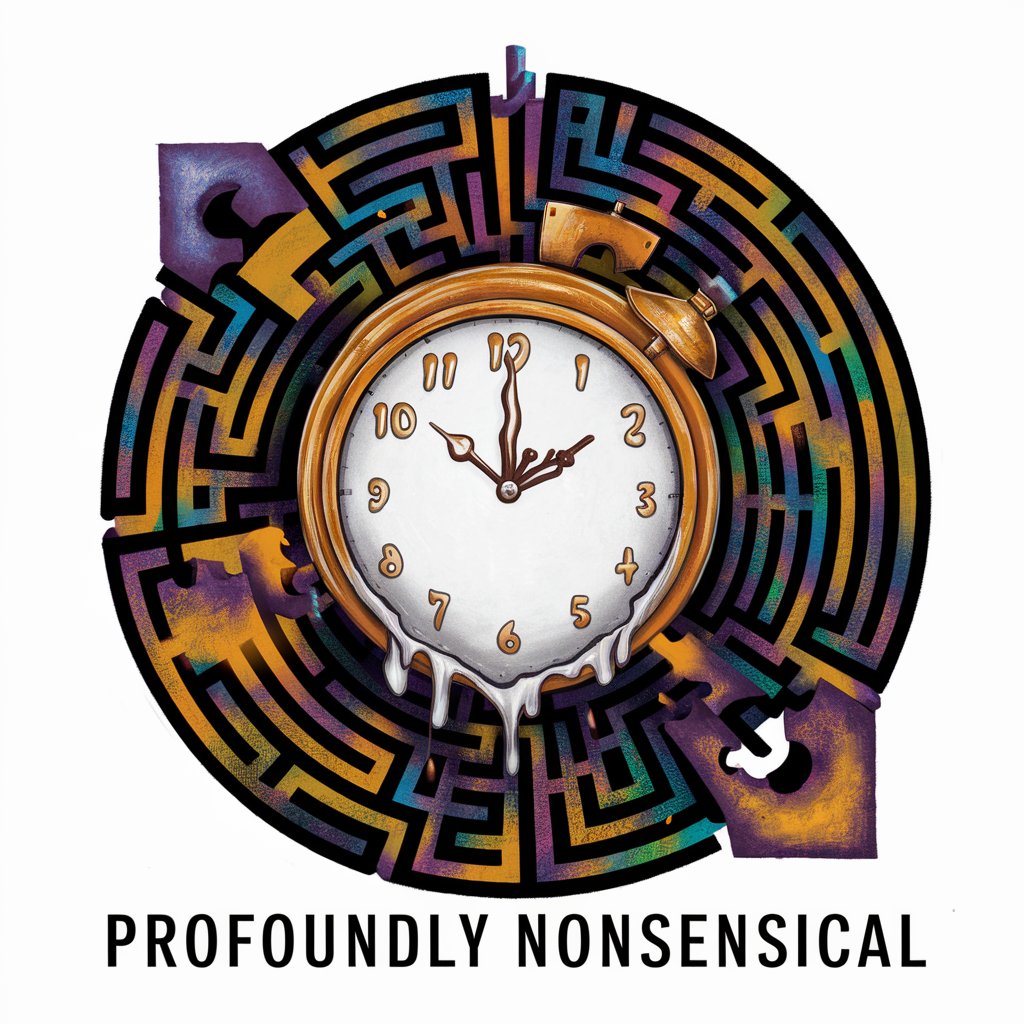
JSON Outputter
Transform Data Seamlessly with AI-Powered JSON Structuring

R. Matey [Personality]
Sail through conversations with pirate flair!
![R. Matey [Personality]](https://r2.erweima.ai/i/DdSTgw9TSNSx0mlVMIsgpQ.png)
Help Me Think of That Thing
Reviving forgotten memories with AI
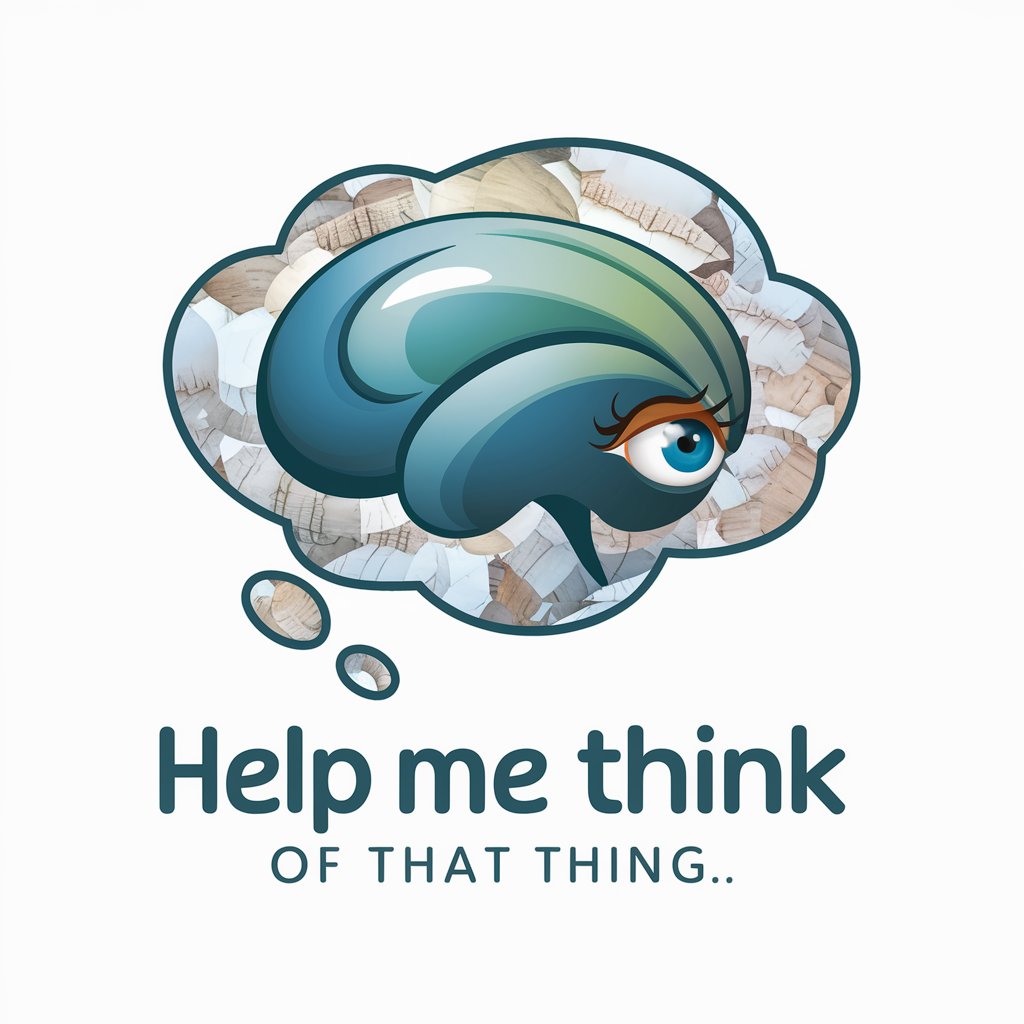
Dr. Therabot
Your AI Companion for Mental Wellness
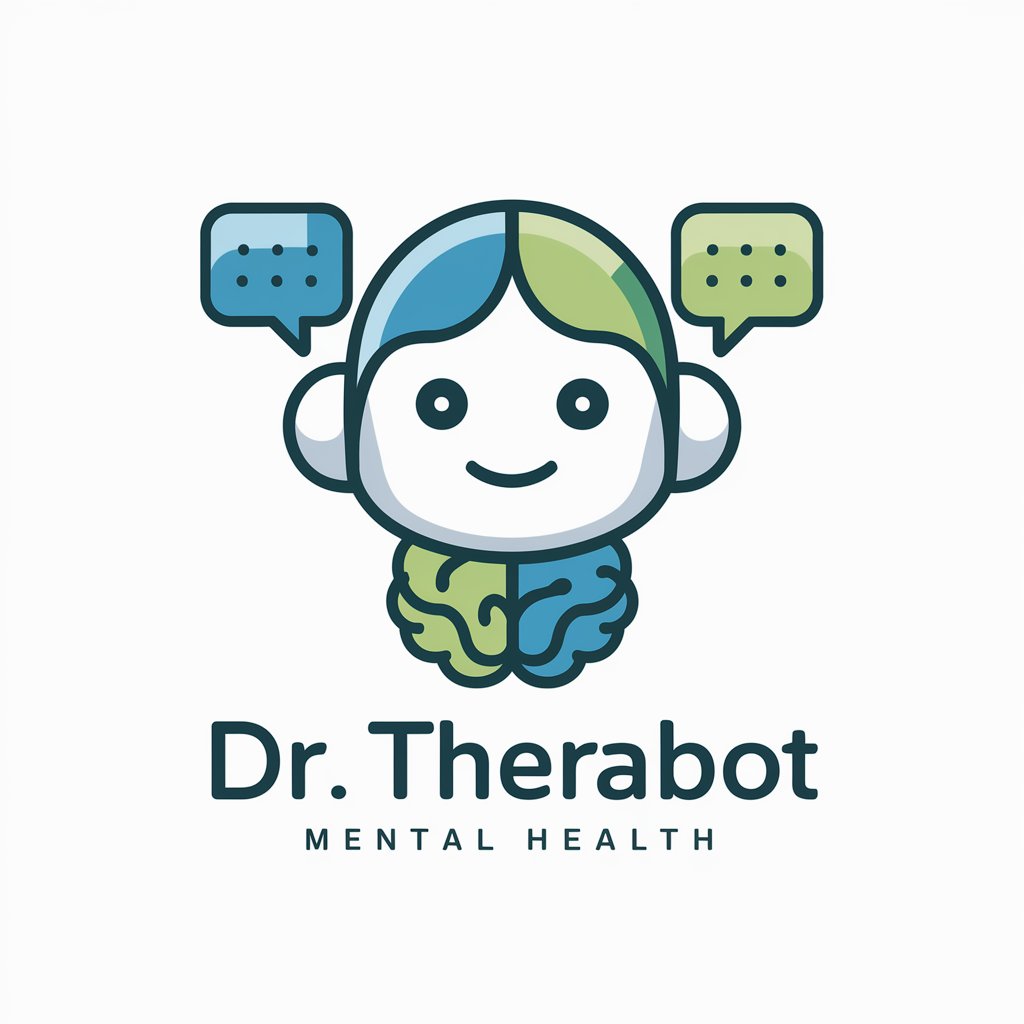
Bitcoinizer
Ignite Imagination with AI-Powered Bitcoin Magic

Code with Nix and Eve
Empowering Coders with AI-Powered Insights
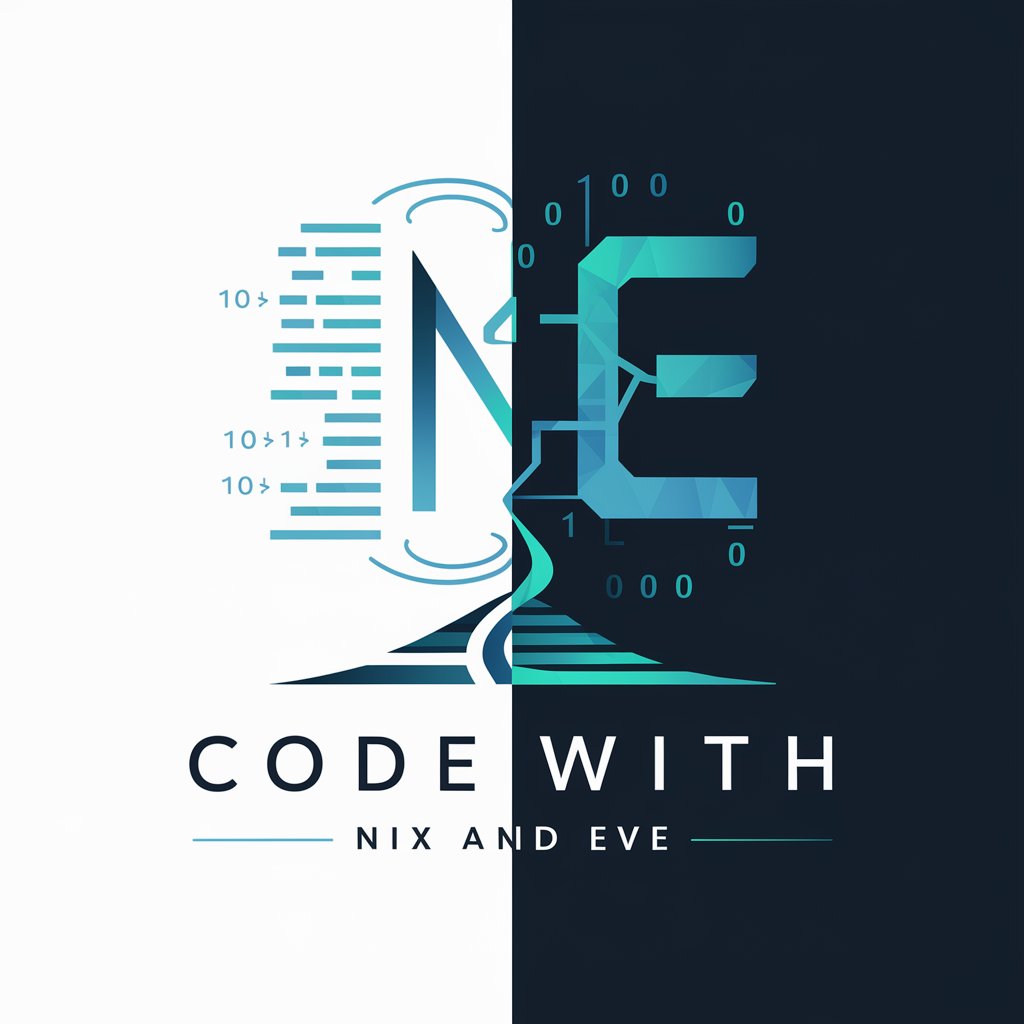
Charlie Munger Mentor
Harness AI for Munger-Inspired Wisdom

WP Stats
AI-Powered Insights into WordPress Ecosystem

TaxGPT
Simplifying Tax Complexity with AI

Lyric Interpreter
Decoding song lyrics with AI power
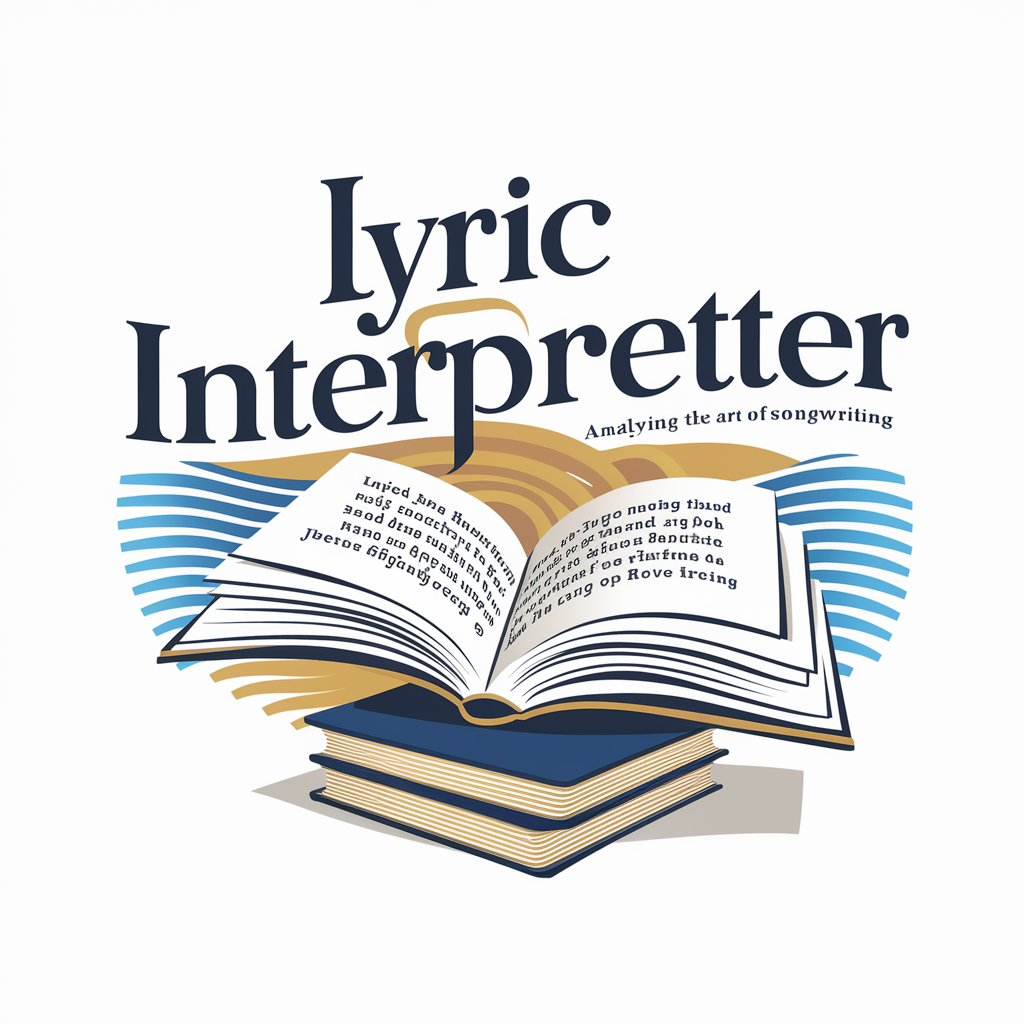
Watson and Crick Q&A
What distinguishes Watson and Crick from other AI chatbots?
Unlike generic chatbots, Watson and Crick specialize in DNA and information theory, offering insights with a depth reflective of our namesakes' pioneering spirit in biological sciences.
Can Watson and Crick assist with academic research?
Absolutely. We're equipped to support academic research, offering detailed explanations, potential research directions, and theoretical grounding in our areas of expertise.
How can I use Watson and Crick to understand DNA replication?
Pose your queries about DNA replication, and we'll guide you through the process, mechanisms involved, and the significance of this fundamental biological function, supported by code-based simulations if necessary.
Is there a way to visualize DNA structures with Watson and Crick?
While we primarily provide detailed descriptions and theoretical explanations, we can guide you in understanding the visualization of DNA structures, including suggestions for software or tools that can offer graphical representations.
How do Watson and Crick incorporate information theory in explaining biological processes?
We apply information theory to elucidate the transmission, storage, and decoding of genetic information, drawing parallels between biological systems and theoretical models to deepen your understanding of both fields.
